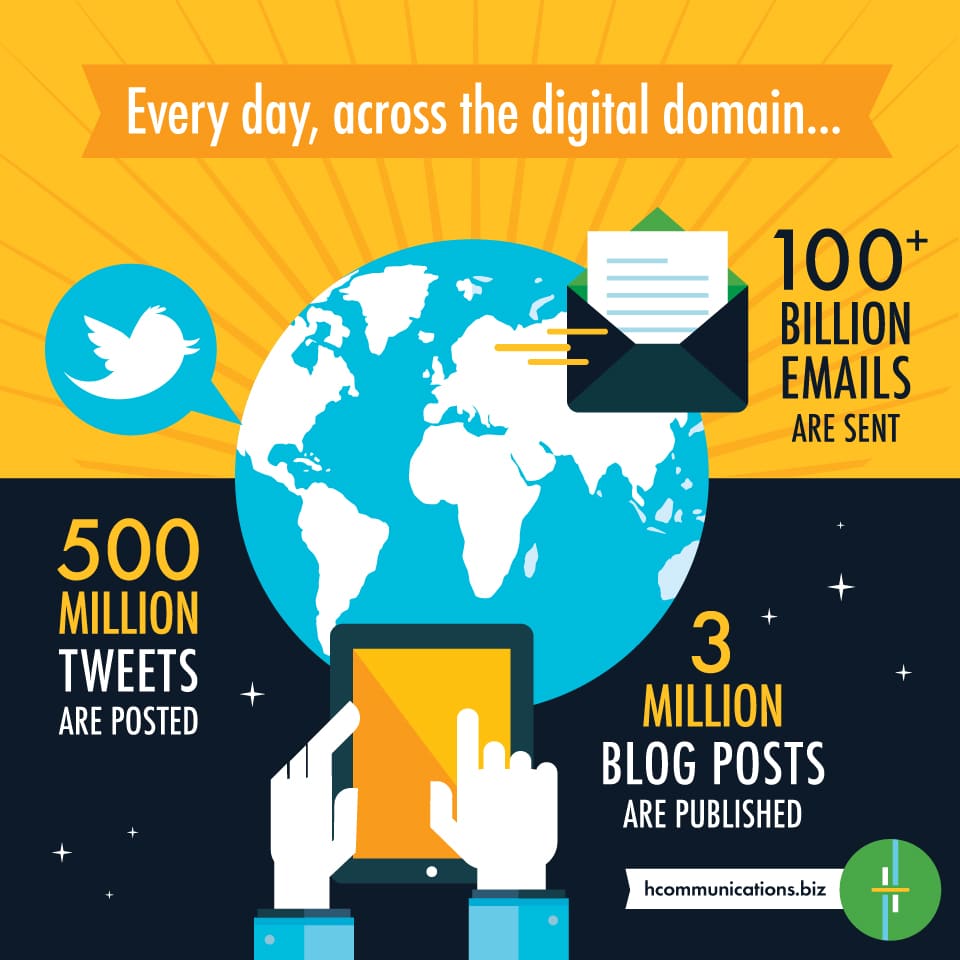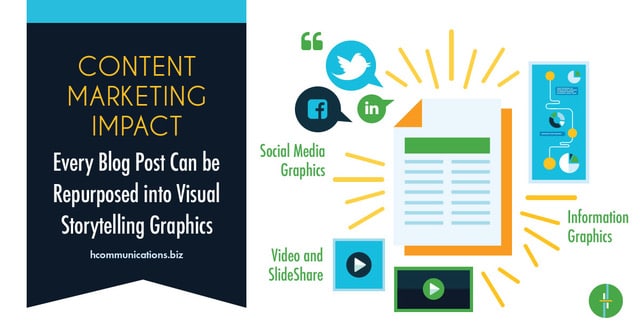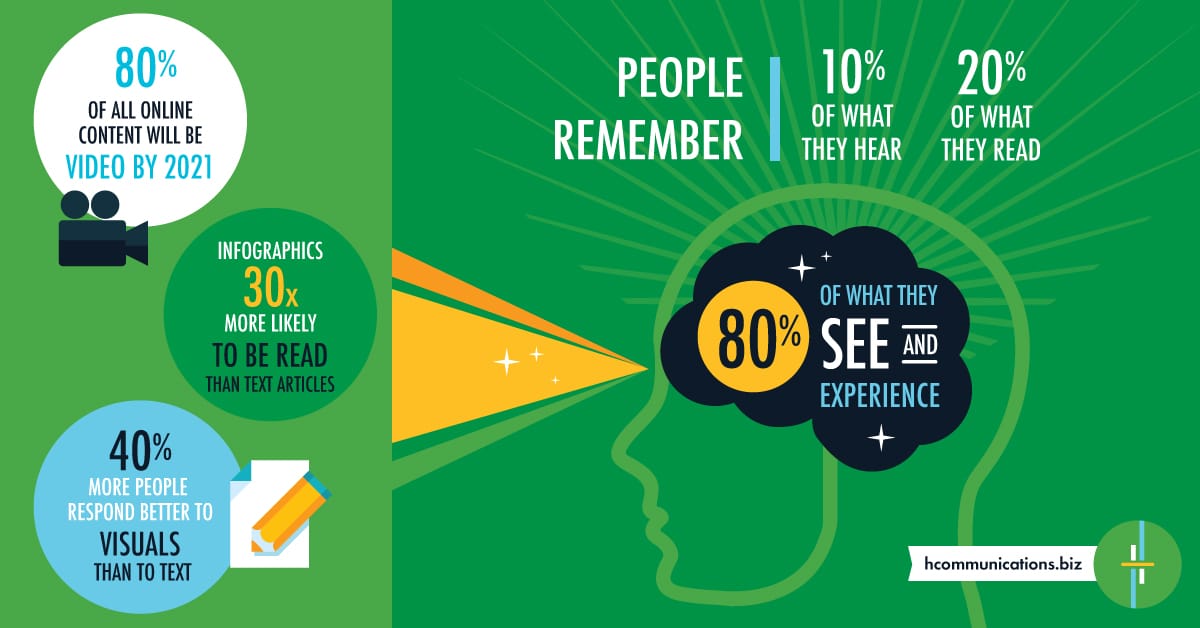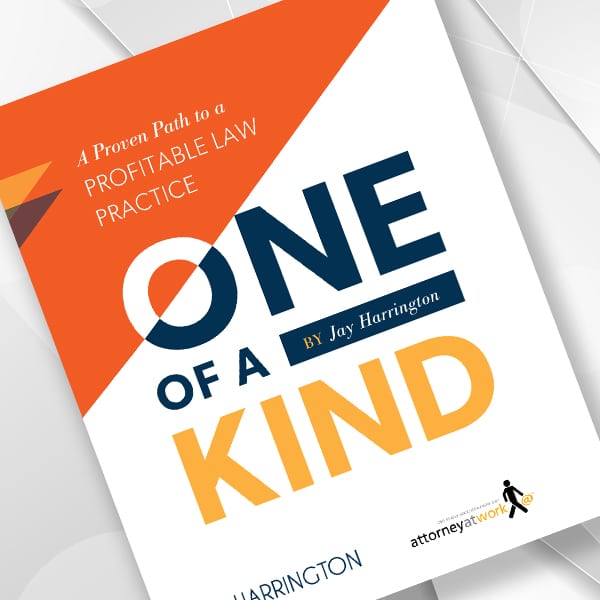Last month, in Tennessee Wine and Spirits Retailers Association v. Blair, the U.S. Supreme Court heard arguments about whether consumers should be allowed to order wine from out-of-state wine shops. If history repeats itself, once a decision is handed down “client alerts” explaining the implications for interstate commerce from hundreds of law firms will cascade across the internet and flood inboxes across the continent.
The aggregate investment to produce this content, as measured by the opportunity costs associated with lawyers spending their time writing content rather than billing clients, almost certainly will reach hundreds of thousands, if not millions, of dollars. This will be time well spent if the return on investment exceeds the cost.
Content creation is a powerful marketing and revenue generation tactic for businesses. For example, Netflix reportedly spent $8 billion on creating original content in 2018. It uses this new content to create interest and engagement with the streaming platform. As a result, it added millions of new, paying subscribers and is expected to report a record profit for the year. Can your law firm say the same in terms of platform growth (email subscribers, page views, social media followers) and new business leads and conversions traceable from your content creation efforts?
Marketing legal services, like marketing a new movie, means waging a war for attention. Even if you have something important and interesting to share, the odds are that very few people will read, see or hear it.
How Will You Make an Impact With Your Content?
That client alert you’ll send after the Supreme Court releases its opinion? Chances are it will drift, lonely and unseen, across the vast expanse of the internet. As content production continues to explode online and people reach the upper limits of their abilities to consume new content, something has to give — and that “thing” is your ability to make an impact with your law firm’s content marketing.
At the root of this problem is that most law firm content marketers are always racing to create something new. They direct significant resources toward creating content but overlook the need to market content. In other words, they forget that content marketing is a two-step process.
Get More for Less With a Divisible Content Strategy
When most firms think about content marketing, they focus almost exclusively on written content — blog posts, articles and white papers. Written content marketing is important for many reasons but it is only one way to express thought leadership. If it’s the only format that your firm uses then you’re missing out on opportunities to reach audiences in interesting and engaging ways.
A better approach is to supplement written content marketing with visual storytelling. Visual storytelling consists of different forms of graphical content that your audience can interact with as they discover and consume your firm’s content, including infographics, animated videos, SlideShare decks, and social media graphics.
A divisible content strategy requires the strategic and intentional blending of written and visual storytelling for the purpose of more effectively spreading ideas to specific audiences. It’s an approach that involves using a single content asset, such as an article or white paper, as a foundation from which to create multiple forms of visual storytelling content.
Why Visual Storytelling Works
Why is a divisible content strategy that leverages visual storytelling so powerful? It meets the challenges of the moment we’re in, which is one where consumers of legal services are online, with access to more information than ever, and searching for a story that resonates. In this environment, high-quality written content isn’t nearly enough.
To break through, you must define your best ideas and wrap them in compelling visual storytelling that interrupts patterns, grabs attention, and engages the brain in ways written content alone can’t. For example:
Today we are bombarded with information and attention spans are shorter than ever. It’s hard to connect with written content alone. If you want your audience to retain the information you’re sharing, and not merely scan it and move on, then use visuals.
How to Put a Divisible Content Strategy Into Practice
A divisible content strategy that incorporates visual storytelling can be used when you’re creating content from scratch. It can also be used to repurpose evergreen content into fresh content. Indeed, the highest ROI from visual storytelling often results from identifying existing, high-traffic content and repurposing it into different formats. Within almost every existing article, blog post or white paper, there are visual stories waiting to burst out.
Putting a divisible content strategy into practice takes a bit of extra work, but the effort is worth it. Here’s how to approach the challenge.
1. Define Your Core Idea
Not all content is created equal. When your firm has something significant to say, it makes sense to invest in a divisible content strategy to ensure the content reaches and engages the right audiences. To do this effectively, you must define the core idea you want to promote. If you take a scattershot approach and try to pack too many concepts into a single campaign, your content will be disconnected and fall flat. For maximum impact, get laser-focused on a single, core idea.
2. Create Your Foundational Content
Whether it’s a white paper, e-book, long-form article or video, an effective divisible content strategy begins with developing a foundational piece that focuses on your core idea. This foundational piece of content should be comprehensive — all of the divisible assets created to market your core idea will flow from it, and drive traffic back to it.
3. Create the Divisible Assets
In advance of actually creating your foundational piece of content, you also want to map out the divisible, visual storytelling assets that will be used to generate traffic and awareness. Some of my favorites, based on how well they perform in the marketplace of ideas, include:
- Infographics
- Animated videos
- SlideShare decks
- Social media motion graphics
Depending on your resources, there are several options for creating these, which require a blend of design, copywriting and strategic expertise. Some large firms have teams in place that are well-equipped to handle the work. For others, there are do-it-yourself tools such as Piktochart (infographics), Adobe Spark (video) and Canva (graphics). Or, you could work with an outside agency that specializes in content marketing and visual storytelling.
4. Distribute Effectively
Just as you can create content in different formats, you can publish to different channels. These include your own properties, such as your firm website and blog, and social media properties like LinkedIn and Twitter. Depending on the level of investment you’re willing to make, you can also pursue opportunities to have your content published on channels such as third-party publications focused on the industry you’re hoping to reach. I’ve found one of the best ways to get a major publication to publish your firm’s written content is to pair it with a compelling visual asset — such as an infographic — that enhances the shareability of the content.
Divide — and Conquer
Even if you don’t consider your firm to be a marketing trailblazer, it’s time to get started with some fresh ideas. Great B2B and professional services firms across industries, from McKinsey to American Express to Goldman Sachs, are already using divisible strategies and visual storytelling to connect with audiences and drive business development. With a little bit of work and strategic planning, you can too.
ONE OF A KIND
A Proven Path to a Profitable Law Practice
Almost every lawyer wants to command higher rates and attract more clients. But many are stuck pursuing ineffective strategies. Others don’t even know where to start. In his popular book, lawyer-turned-legal marketer Jay Harrington lays out a path for building a one of a kind, profitable niche practice.
Get more details and order your copy here.
Illustration ©iStockPhoto.com



























